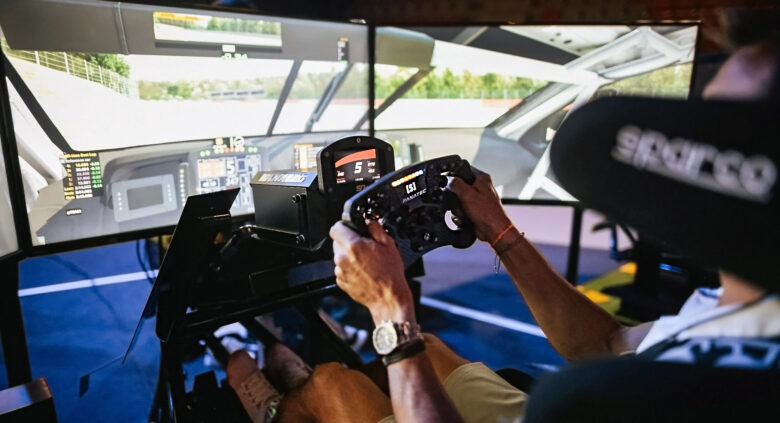Simulated driving is an exciting way to dive into the world of motorsports without the expense and risk of physical racing. It offers a realistic experience that captures the thrill of competition on virtual tracks, making it an appealing option for motorsport enthusiasts.
However, if you’re new to sim racing, the initial experience can feel overwhelming. From understanding the equipment to mastering the technical aspects of vehicle control, it can be a lot to absorb. But with the right approach and mindset, you can quickly become comfortable and start enjoying the competitive and immersive world of simulated motorsports.
This guide will cover crucial tips to help you gain control, stay competitive, and enjoy the virtual tracks.
1. Equipment Matters: Invest in a Good Setup
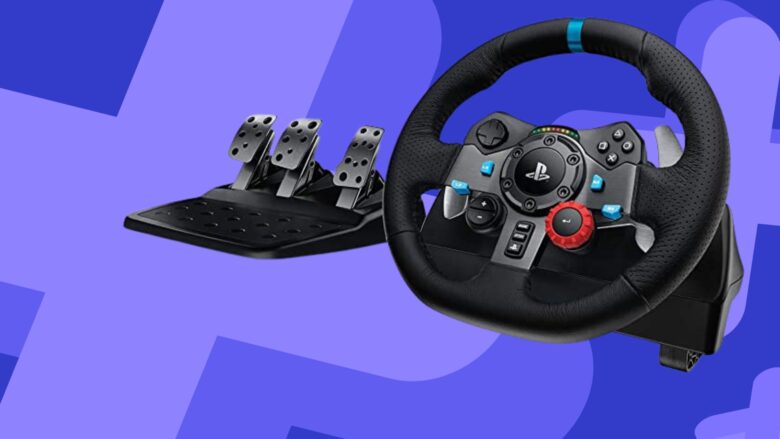
A basic controller might get you started, but if you want to take it seriously, invest in quality hardware. A steering wheel, pedals, and a gear shifter provide the most immersive experience and give you much better control.
High-quality equipment allows you to feel more connected to the car. The force feedback feature in most steering wheels simulates the resistance and bumps you’d feel in a real car. Pedals with adjustable resistance help you learn precise braking and acceleration techniques. Don’t overlook the seat either; a sturdy, adjustable seat adds comfort and stability for long sessions.
2. Start With the Basics: Learn the Tracks
If you’re new to sim racing, begin by selecting a track and learning it thoroughly. Memorize the corners, braking points, and the flow of the circuit. Each track is unique, and practice makes perfect.
Start slow. It’s easy to get excited and want to race at top speed, but learning the track at a slower pace allows you to absorb its details. As you become more confident, gradually increase your speed. This approach will help prevent crashes and frustration early on.
3. Master Car Control
The core of driving lies in controlling your vehicle with precision. When new to sim racing, focus on learning how your car behaves in different situations. Get used to the feel of the wheel, pedals, and how your vehicle responds to different inputs. Controlling throttle, steering, and brakes will help you avoid oversteering or spinning out in tight corners.
Drive smooth and keep the car balanced. Sudden inputs can cause the car to lose grip, so practice gentle throttle control and smooth steering inputs. Corner entry and exit are critical; brake before the corner, steer smoothly through it, and apply throttle as you exit.
4. Choose the Right Car for Beginners
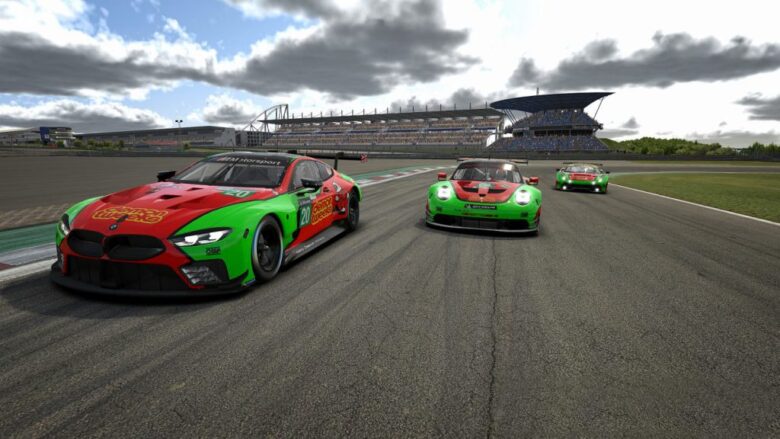
You might want to jump straight into the fastest cars, but it’s best to start with something manageable. High-powered vehicles are more difficult to control and can be frustrating for a beginner. Instead, select a car with a lower power output. It will be easier to learn how to handle the vehicle and perfect your driving skills.
Once you’ve mastered a lower-powered car, you can gradually work your way up to more powerful ones. This will make the progression feel more natural and rewarding.
5. Know Your Limits
It’s essential to know when to push and when to hold back. Pushing too hard too soon often results in mistakes. Understand that mastering racing takes time and effort. Mistakes will happen. Rather than trying to be the fastest from day one, focus on being consistent.
As you practice, you’ll notice improvements in lap times and your ability to handle the car. Gradually, your confidence will grow. Consistency will ultimately make you a better driver than someone who drives erratically just to achieve faster lap times.
6. Understand the Importance of Racing Lines
Following the proper racing line is critical to achieving fast lap times. The line you take through a corner can make a significant difference in your speed. Learn to identify the optimal line by practicing on a track repeatedly.
The best line typically involves braking before the corner, hitting the apex (the innermost point of the corner), and accelerating smoothly as you exit. This will give you the fastest and smoothest route through a turn.
8. Develop Strong Braking Techniques
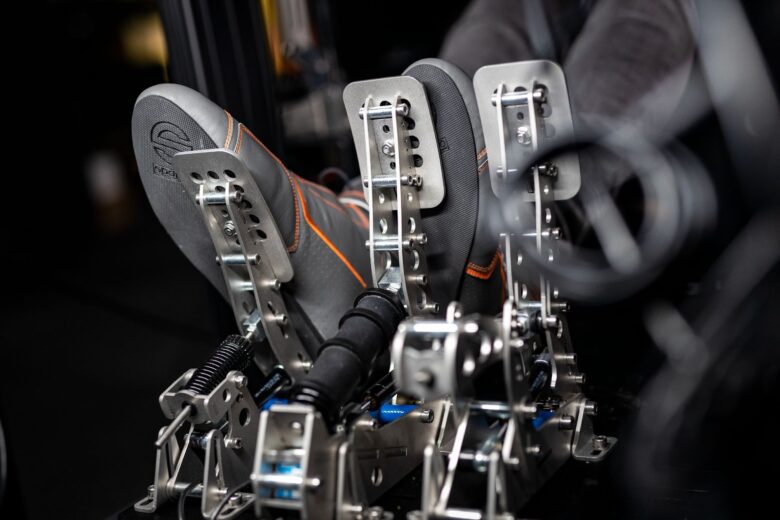
Braking is just as important as acceleration. Many new drivers overlook braking, but it’s essential to slow the car properly before entering a corner. Braking too late or too early affects your overall speed and lap time.
Learn to brake at the right moment and apply pressure gradually. Slamming on the brakes leads to tire lock-up, which makes it difficult to steer the car. Practice braking at different points on the track to see what works best for you. Over time, you’ll develop a feel for how to balance braking and corner entry speed.
9. Stay Calm Under Pressure
Online competitions can add pressure, especially when racing against more experienced drivers. You may find yourself in situations where you feel overwhelmed. Remember to stay calm and composed. Don’t let other drivers’ actions affect your performance.
Focus on your driving, maintain your pace, and avoid unnecessary risks. When you stay calm, you’ll be able to react better to sudden changes, avoid collisions, and stay competitive.
10. Analyze Your Performance
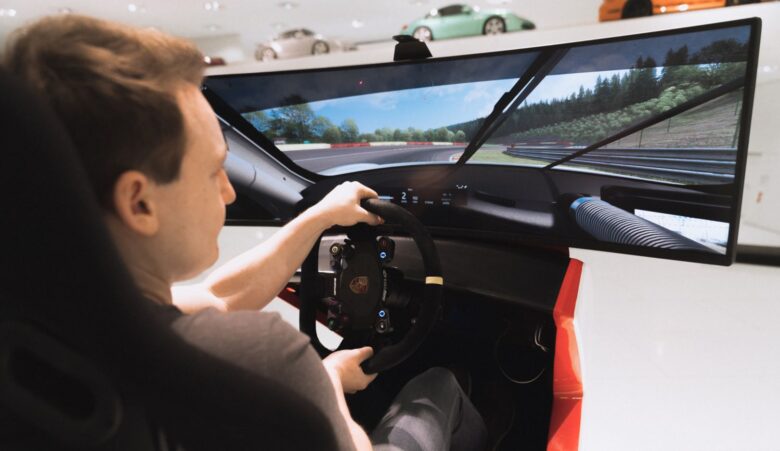
Improvement comes from learning from mistakes and understanding where you can improve. Most simulation platforms offer telemetry and data analysis tools. These tools provide valuable insights into your driving patterns, showing areas where you can improve.
Review your lap times, corner speeds, and braking points after each session. Take note of where you lost time and where you gained. By analyzing your data, you can make adjustments and improve your performance over time.
11. Join a Community
Joining a community of fellow drivers can enhance your experience and help you improve faster. Forums, Discord groups, and social media platforms have active groups where people share tips, advice, and experiences.
In addition, driving with others in a community often leads to opportunities to participate in organized races. Racing in a controlled, competitive environment helps you build skills and become a better driver.
12. Practice Makes Perfect
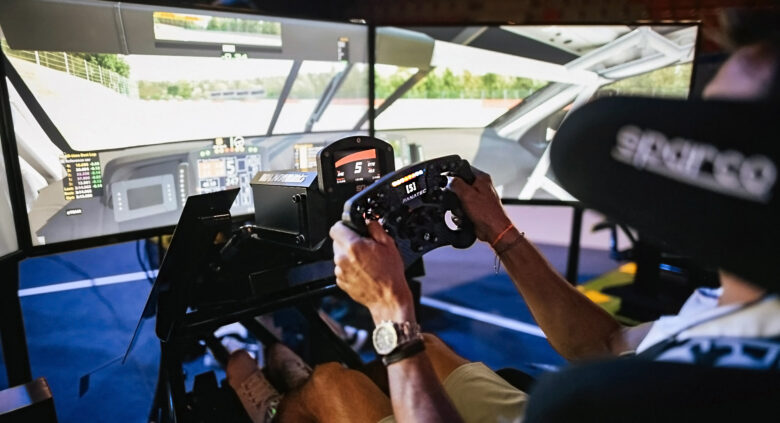
No matter how many tips you follow, the most important thing is to practice. Every virtual race is an opportunity to improve. Start with short practice sessions to get a feel for your equipment, and gradually increase the time you spend on the track.
With each session, aim to improve in small ways, whether it’s reducing lap times or perfecting cornering techniques. Over time, your skills will grow, and you’ll become more confident in your abilities.
Conclusion
Virtual driving is more than just a game; it’s a skill that requires dedication and practice. Whether you’re just starting out or looking to improve your performance, focus on mastering the basics, staying consistent, and learning from your experiences. With time, the skills you develop will help you excel on the virtual tracks and make your time behind the wheel more enjoyable.

